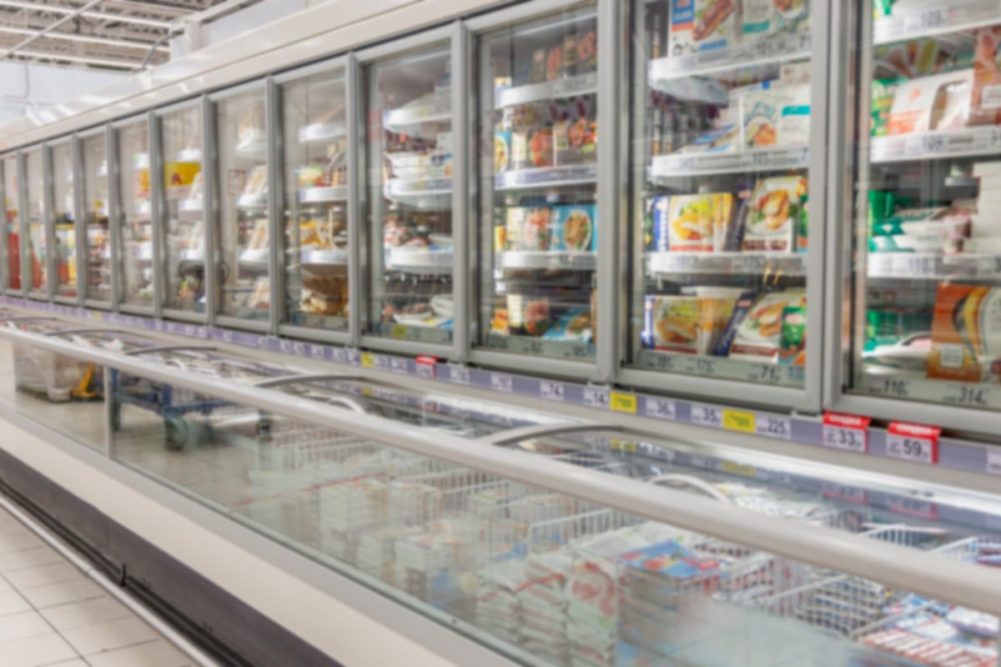CHICAGO — The frozen food market continues to build momentum, with frozen food volume sales up 5% in 2023 compared to 2019 levels, according to Conagra Brands, Inc.
The insights come from the first ever “Future of Frozen Food 2024” report from Conagra, which examined some of the major trends currently shaping the $78 billion US frozen foods market.
“Frozen food has unique appeal across all generations … and the reality is every generation is participating, maybe in different ways,” said Bob Nolan, senior vice president of demand science at Conagra. “In a world where, right now especially, people are squeezing their budgets, frozen food is the perfect combination of delicious food and value without any waste.”
Consumers in the frozen aisle are searching increasingly for global flavors, the report found. Asian-inspired products have gained a particularly strong foothold among shoppers, with the market for appetizers like dumplings and wontons growing more than 375% in the last four years. Spicy flavors also have seen a large expansion due to their frequent inclusion in global cuisines. Hot and spicy frozen food sales reached nearly $600 million in 2023, growing 8% versus the four-year average. Offerings that feature flavors like sriracha and hot honey have resonated especially well with consumers.
“This area of global cuisine makes a lot of sense, because cooking international foods can be super intimidating and challenging,” Nolan said. “You may not have the ingredients in your pantry at home, and you may not have the skill.
“So frozen foods are a way for you to experiment with those cuisines in a safe environment where you know the food's going to taste great and you can experience it.”
The report found breakfast applications also are trending in the frozen aisle. Convenience-focused products have experienced significant growth, with breakfast sandwich sales reaching $2.3 billion. Frozen waffle sales accounted for $1.2 billion in sales in 2023, along with $320 million for pancakes and $215 million for french toast. Ingredient trends outside of frozen food, such as high protein, gluten-free and low carb, also have become popular within breakfast offerings.
“Consumers’ solution set right now for convenient breakfast options is really expanding,” said Megan Bullock, director of predictive science and strategic insights at Conagra. “Not only are they delicious and convenient … but we're seeing a lot of these modern attributes also penetrate with these products.”
Frozen foods with smaller serving sizes saw over $1.1 billion in sales last year. The report identified “frozen bites and minis” as a key area of growth for the segment, capitalizing on consumer interest in factors like portion control, convenience, variety and snacking.
“Consumers are snacking more than ever, we're seeing nearly half of us consumers now eat three or more snacks daily,” Bullock said. “Whether they're eating (frozen foods) as snacks or putting multiple snacks together to build a meal, ‘girl dinner’ … this is exactly the type of format that enables that super popular behavior.”
Frozen products aimed at children have seen a 122% uptick in sales over the last four years, now accounting for nearly $250 million in sales annually. The offerings have resonated with parents seeking easily preparable meals and options for picky eaters, according to the report. Frozen foods with nutrition claims such as clean label, free-from and high protein also are on the rise.
“What this space is all about is fun food for kids, fun shapes, having gamification on the pack for kids to engage before and after the meal, kid friendly tastes and it’s a more convenient solution for the parents,” Bullock said. “Outside of just these fun and interactive food forms for kids, we’re also seeing a space evolve around products that have clean label claims, free-from claims, high protein, as well as some more emerging attributes, whether that be whole grains, hidden vegetables. So, there is kind of this evolution of added health benefits to expand options for parents.”





